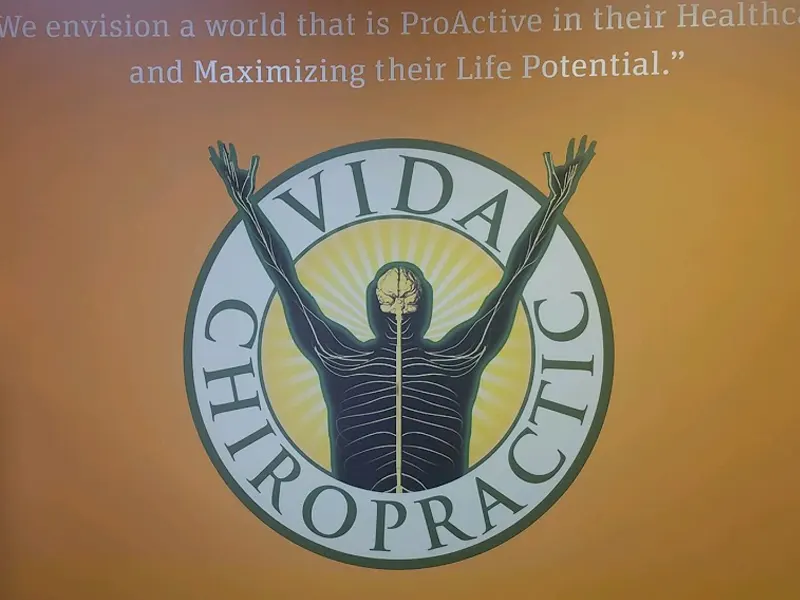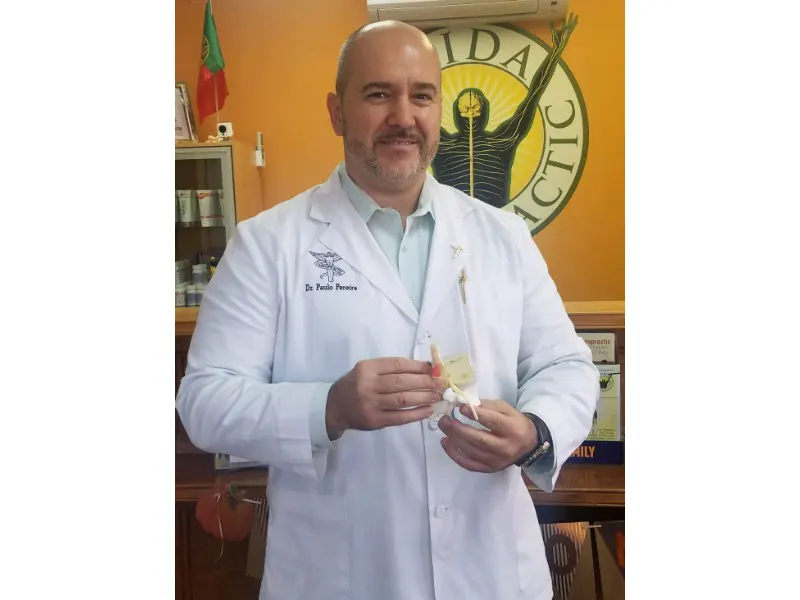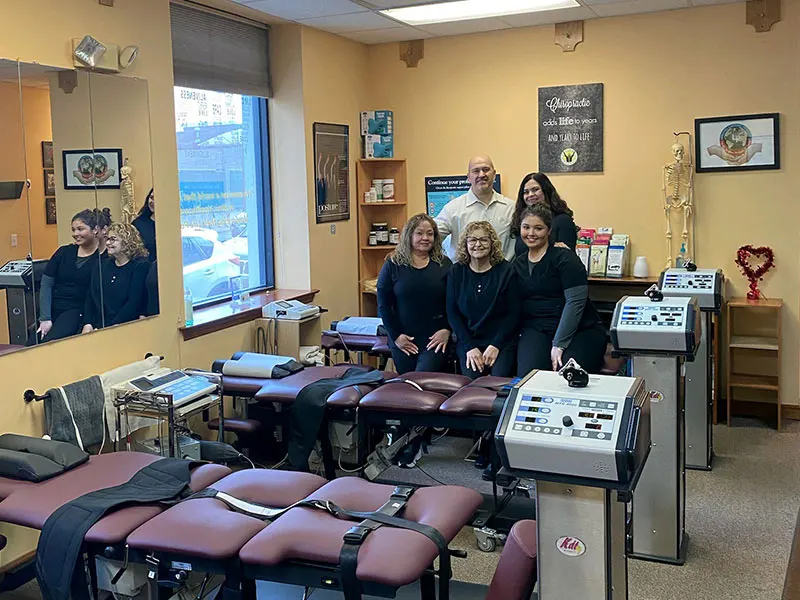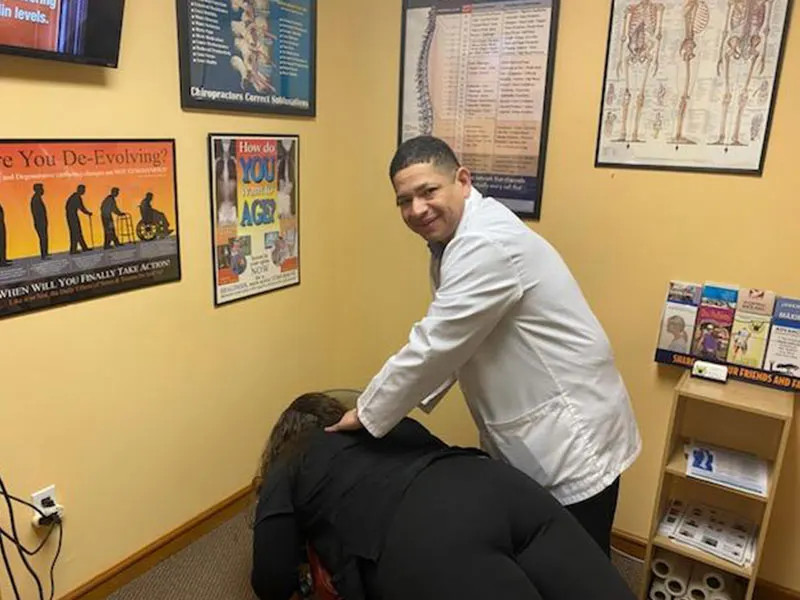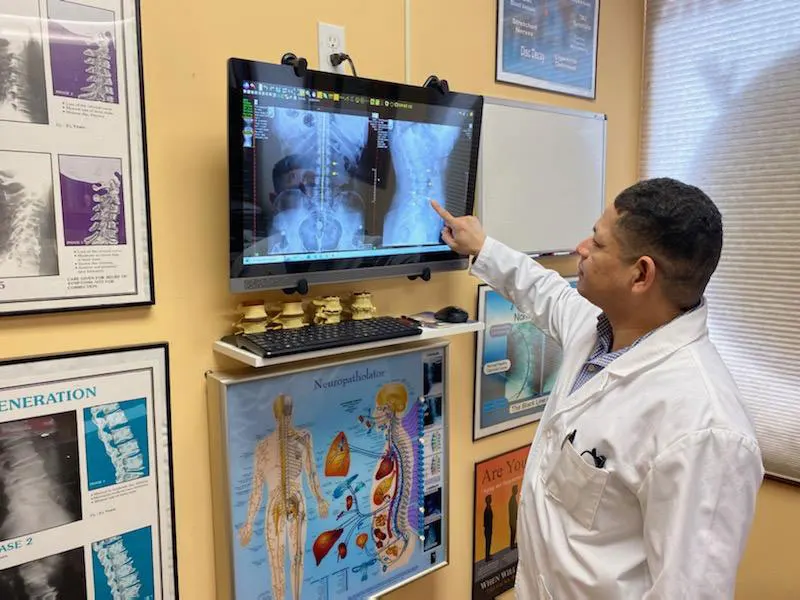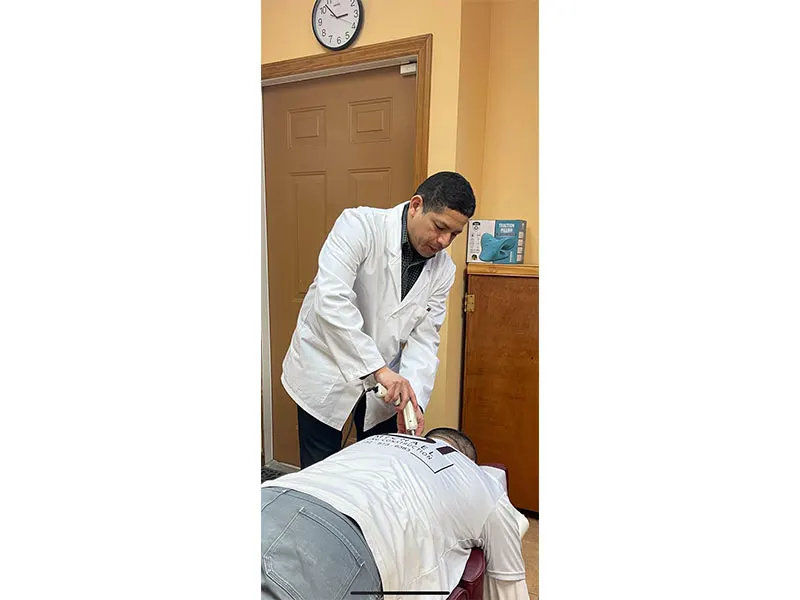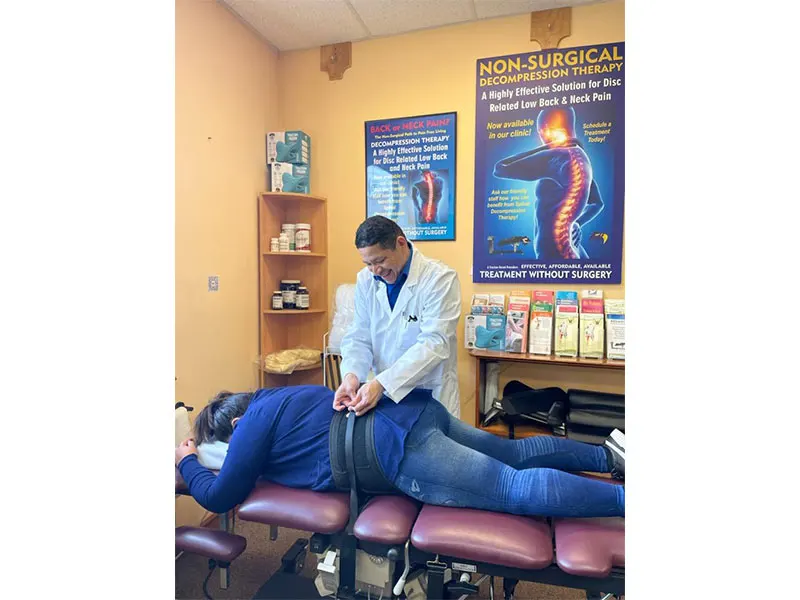Chiropractic Manipulation 101
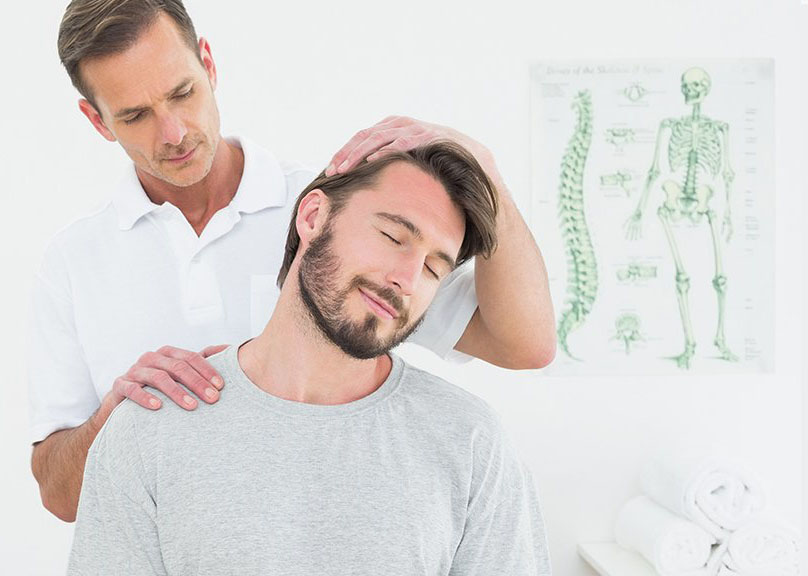
There are well over 100 types of adjusting techniques used by chiropractors throughout the world. Typically, chiropractic doctors will focus on and utilize 2 or 3 different approaches in their practice. Here at Newark’s Vida Chiropractic, we are trained and experienced in a multitude of adjusting techniques that enable us to deliver very individualized care. We feel it is important, however, to be sure that you understand the most common forms of treatment as they very well may be applicable to your treatment program. This introduction can give you some basic information but to find out more or to figure out what technique may work best for you will require a personal consultation. So we remind you here that you are invited to call us anytime for your free chiropractic care consult here in Newark, NJ.
The goal of most chiropractic techniques is to restore or enhance joint function, with the goal of resolving joint inflammation, reducing pain, and increasing motion. Some approaches use a specific thrust applied by hand or with a small mechanical device, while others utilize what feels like a deep stretch or gentle pressure. These techniques are used on the spine and other joints within the body. They are often referred to as spinal manipulation, joint mobilization, or simply and adjustment.
Chiropractic Manipulation Techniques
Doctors of chiropractic adapt treatment plans to meet the specific needs of each patient. Typically, a treatment plan in our office will involve some combination of chiropractic adjustments as well as other physio therapy options such as chiropractic spinal decompression, active rehab, passive motion, muscle stimulation, or MLS Cold Laser Therapy. Below are a few of the most common chiropractic adjusting techniques: Diversified: the most commonly used form of spinal manipulation among doctors of chiropractic. The technique uses a very specific small and quick thrust by hand taking a joint just past its normal range of motion to restore normal function. This is often referred to as a high velocity low amplitude thrust.
Gonstead Technique: a hands on technique that expands upon traditional diversified adjustments using very specific patient positioning and adjusting styles. It also involves some unique diagnostic approaches to locating the areas of the spine that need correction.
Thompson Technique: generally uses a specific adjusting table that has moving pieces that allows gravity to help move a patient's affected spinal segments. It also utilizes tension on the leg musculature to assess problems in a patient’s spine. This is often referred to as leg length analysis.
Activator Method: a treatment method and adjusting device created as an alternative to manual manipulation of the spine or extremity joints. This technique uses a small hand held instrument to deliver a very controlled impulse into a joint. This is a very low force technique that is good for anyone who has health issues that would contraindicate a manual adjustment or those who simply find it more comfortable.
SOT: stands for sacro occipital technique. It is a low force technique that addresses issues in the spine and extremities by looking at how issues in one part of the spine can create symptoms or complicate treatment of other areas.
So, what’s next for you and your back pain? Here at Vida Chiropractic, we will carefully examine you and develop a treatment plan to address your specific issues and goals. We welcome the opportunity to educate you further on these subjects and a multitude of other options available to treat your unique spine and/or joint conditions. Contact us to see what we can do for you.






